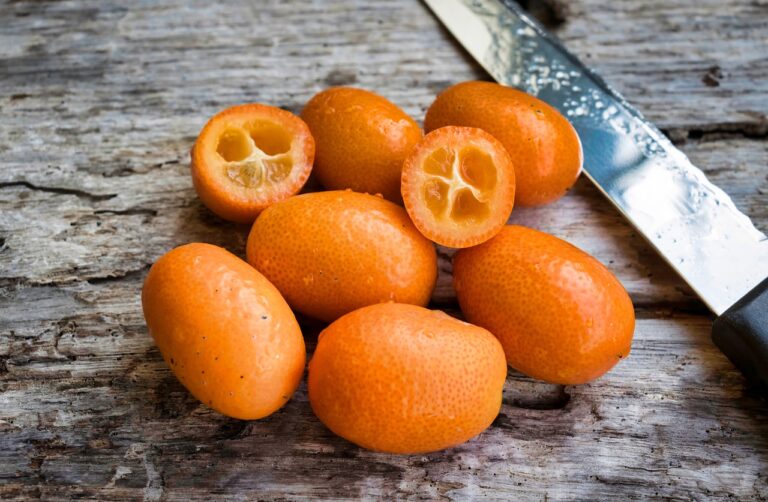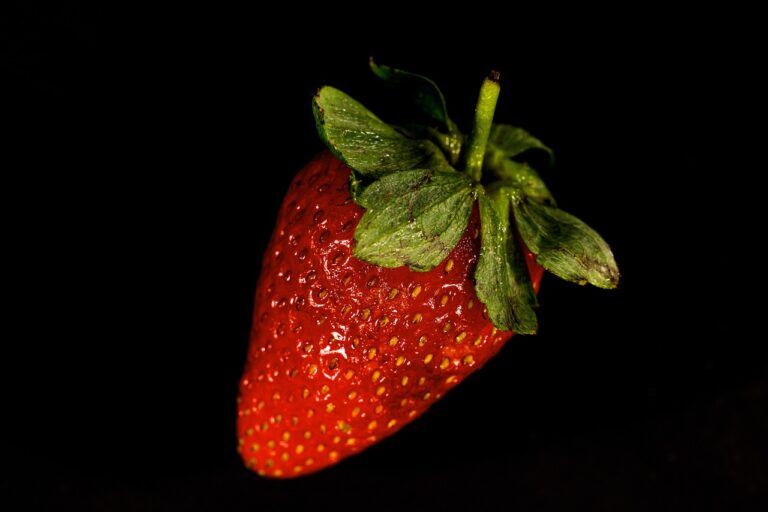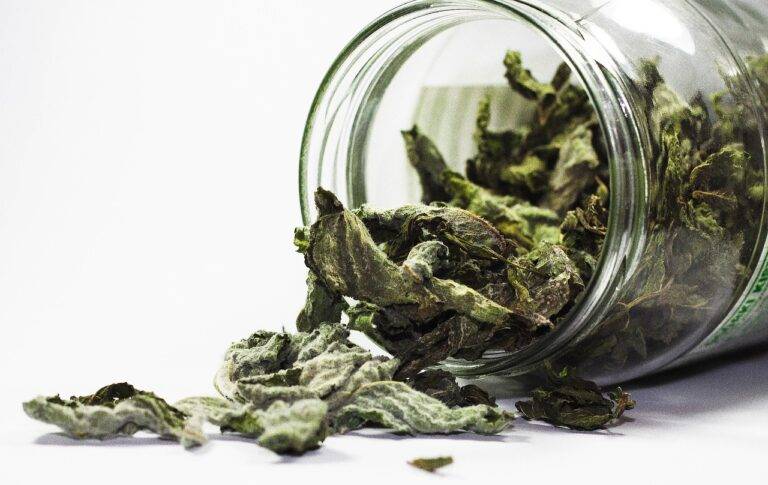The Evolution of Food Packaging: Innovations for Extended Shelf Life and Reduced Waste
Nanotechnology has emerged as a groundbreaking innovation in the field of food packaging. By incorporating nanomaterials into packaging materials, several benefits are realized. These nanomaterials can enhance the mechanical strength of packaging, improve barrier properties to gases and moisture, and even provide antimicrobial properties to extend the shelf life of food products.
Furthermore, nanotechnology allows for the development of smart packaging that can signal freshness or detect contamination. Additionally, nanomaterials enable the creation of sustainable packaging solutions by reducing material usage and improving recyclability. As research in nanotechnology advances, the potential for further enhancing the safety, quality, and sustainability of food packaging continues to expand.
• Nanotechnology enhances the mechanical strength of packaging materials
• Improves barrier properties to gases and moisture
• Provides antimicrobial properties to extend shelf life of food products
• Enables development of smart packaging for freshness detection
• Allows for creation of sustainable packaging solutions with reduced material usage
Future Trends in Food Packaging Industry
Nanotechnology is poised to revolutionize the way food is packaged, offering innovative solutions to extend the shelf life of products and enhance their safety. By incorporating nanoparticles into packaging materials, manufacturers can create barriers against oxygen, moisture, and microbial contamination, thus preserving the quality and freshness of food for longer periods. Nanocomposites have the potential to not only improve food preservation but also reduce food waste, addressing critical issues faced by the food industry today.
Furthermore, the integration of smart packaging technologies is expected to play a significant role in the future of food packaging. Smart packaging incorporates sensors and indicators that can detect changes in the environment, such as temperature, gases, and microbial activity, providing real-time information on the condition of the food inside. This technology enhances consumer safety by alerting them to potential food spoilage and helps in maintaining the quality of the product throughout its journey from production to consumption.
What is the role of nanotechnology in food packaging?
Nanotechnology in food packaging involves using nanomaterials to improve the packaging’s barrier properties, mechanical strength, and antimicrobial properties.
How does nanotechnology help in extending the shelf life of food products?
Nanotechnology helps in extending the shelf life of food products by providing better protection against oxygen, moisture, and other external factors that can lead to spoilage.
What are some future trends in the food packaging industry?
Some future trends in the food packaging industry include the use of smart packaging technology, sustainable packaging materials, and active packaging solutions to enhance food safety and quality.
How does smart packaging technology benefit the food industry?
Smart packaging technology benefits the food industry by providing real-time information on the quality and freshness of food products, helping to reduce food waste and improve consumer safety.
What are some examples of sustainable packaging materials?
Some examples of sustainable packaging materials include biodegradable plastics, recycled paperboard, and compostable packaging made from plant-based materials.
How can active packaging solutions improve food safety?
Active packaging solutions can improve food safety by releasing antimicrobial agents or oxygen scavengers to inhibit the growth of pathogens and extend the shelf life of food products.







